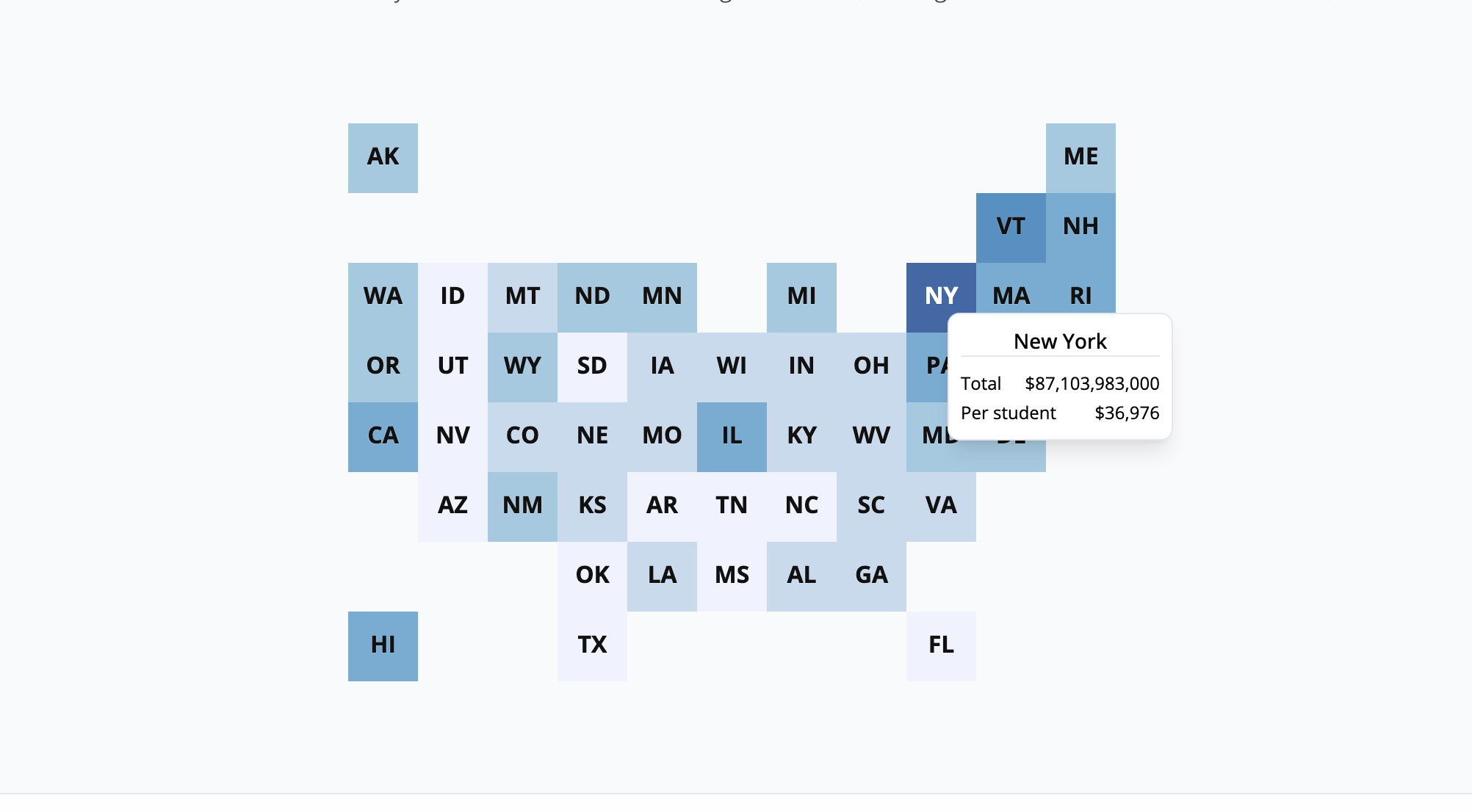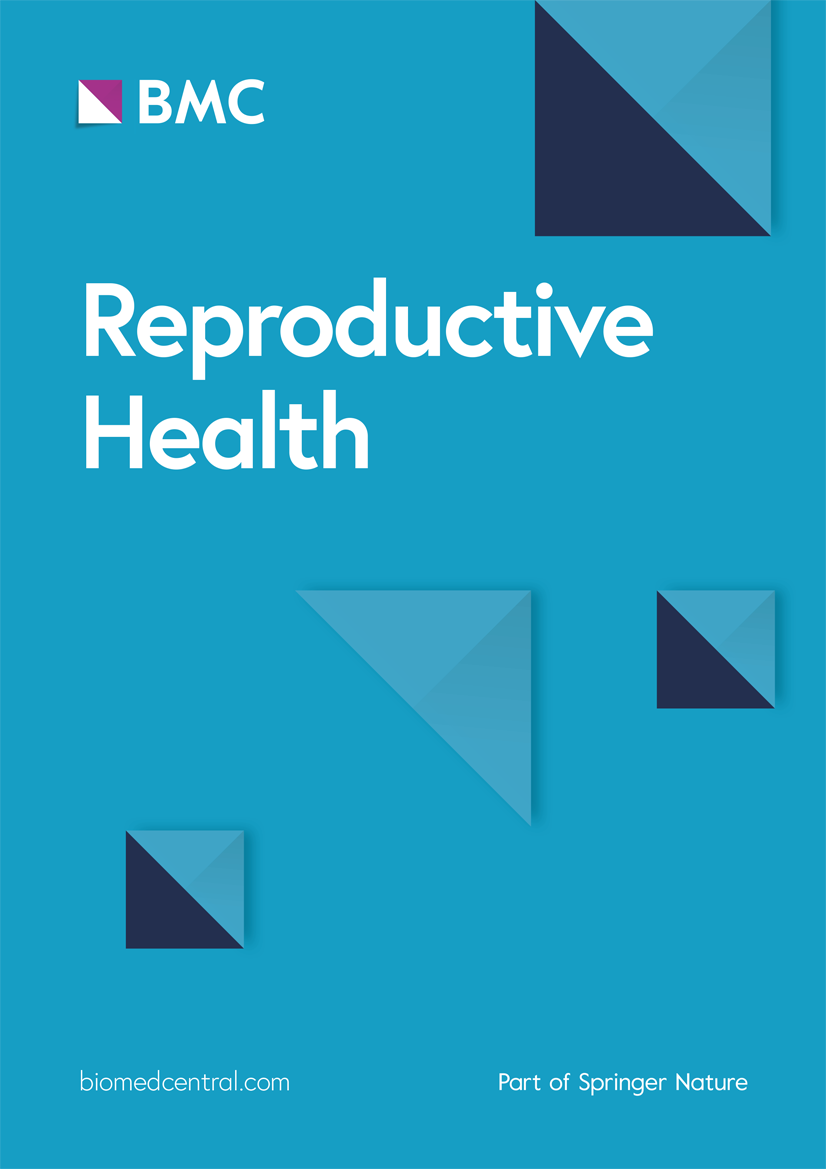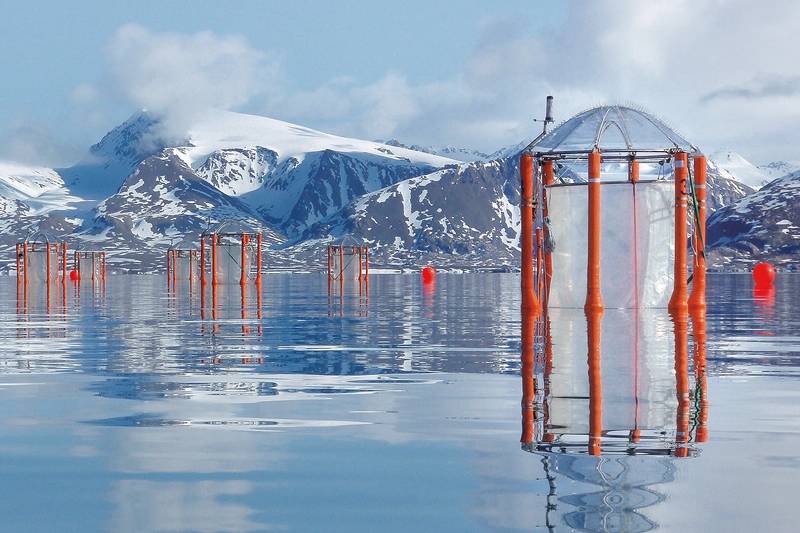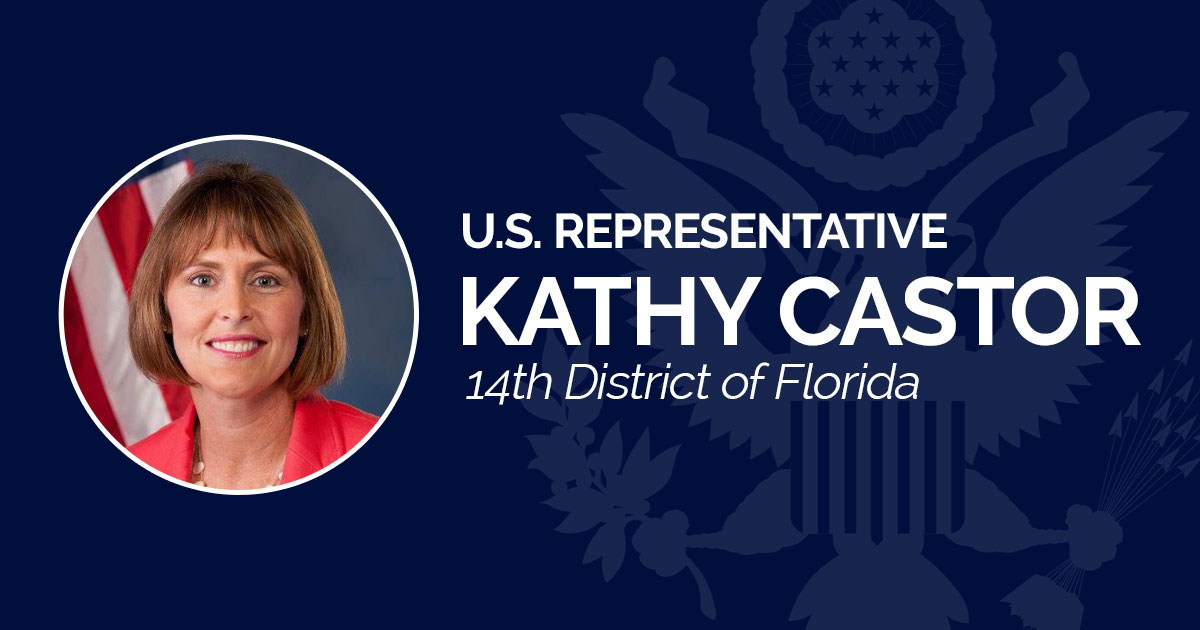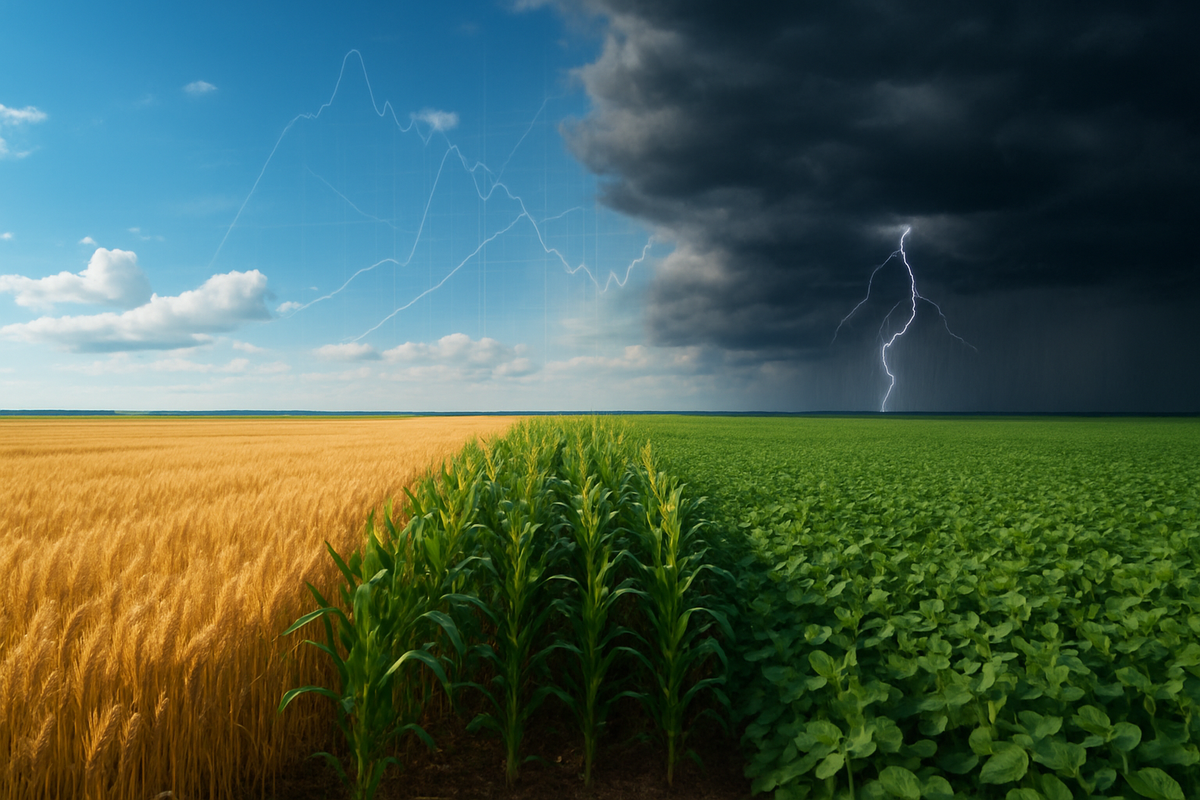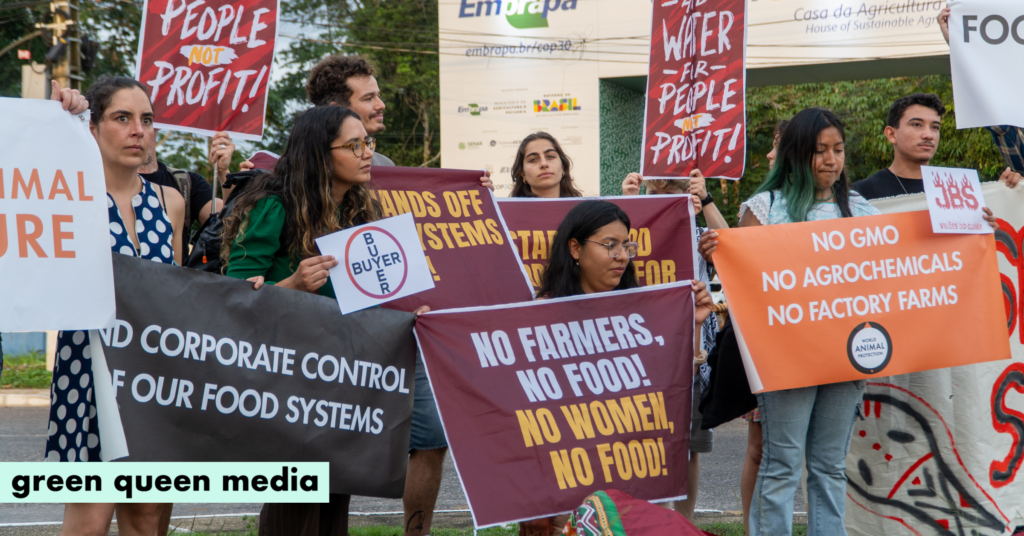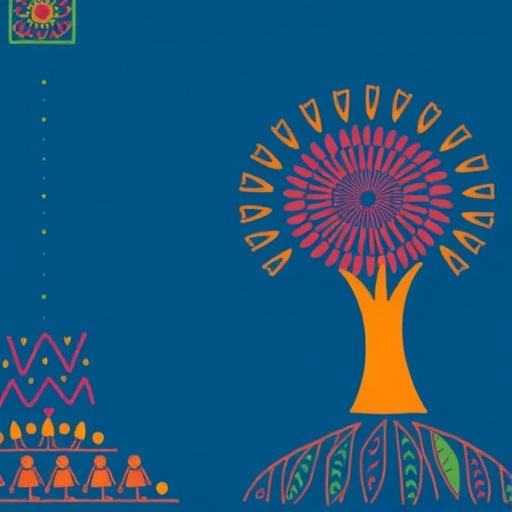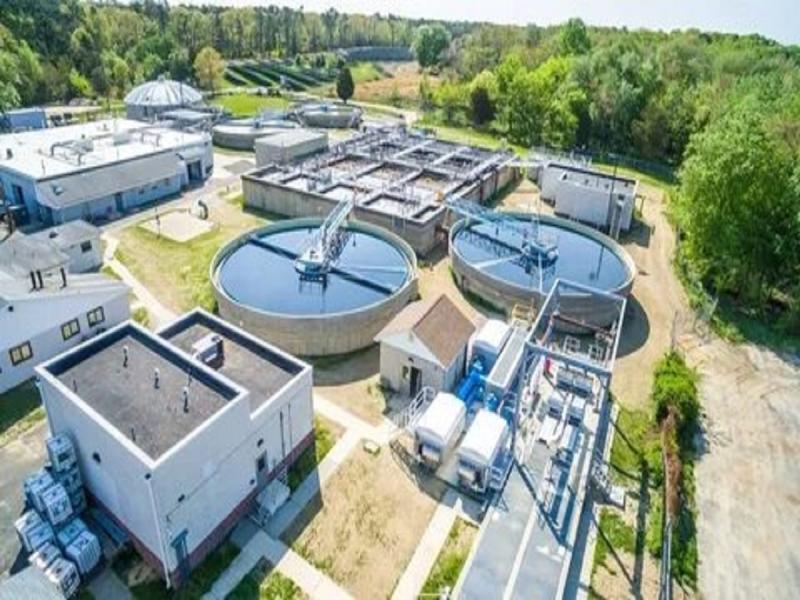Grasses are spendthrifts, forests are budgeters, in a nuanced account of plant water use – UC Santa Barbara

Global Analysis of Plant Water Management Strategies and Implications for Sustainable Development Goals
Introduction and Research Objectives
A study conducted by researchers at UC Santa Barbara and San Diego State University has developed a novel metric for analyzing plant water management behaviors using soil moisture data. The findings, published in Nature Ecology & Evolution, apply this model to a global dataset to reveal how different ecosystems regulate water use. This research provides critical data for addressing global environmental challenges, directly supporting the achievement of several Sustainable Development Goals (SDGs).
Key Findings on Ecosystem Water Use
The global analysis identified distinct water management strategies in plants, primarily driven by two factors:
- Aridity
- Vegetation density
The study revealed a significant divergence in behavior between different ecosystem types, particularly in response to water scarcity:
- Grasslands: These ecosystems exhibit a “spendthrift” strategy, consuming water resources aggressively until depletion.
- Forests: In contrast, forests act as “budgeters,” implementing early water conservation measures to mitigate the effects of potential drought.
A primary implication of this research is that current climate and ecosystem models may be overestimating the rate of water loss from ecosystems during drought periods.
Alignment with Sustainable Development Goals (SDGs)
The research findings have profound implications for global sustainability efforts, contributing directly to the following United Nations Sustainable Development Goals:
- SDG 6: Clean Water and Sanitation: By clarifying how natural ecosystems manage water, the study provides essential knowledge for improving human water management strategies and ensuring the sustainable availability of water resources.
- SDG 13: Climate Action: The insights into plant-drought responses are vital for refining climate models. Accurate modeling is fundamental to understanding climate change impacts and developing effective strategies for climate resilience and adaptation.
- SDG 15: Life on Land: The research enhances our understanding of the functioning of terrestrial ecosystems. This knowledge is crucial for the sustainable management of forests, combating desertification, and halting biodiversity loss by predicting how different biomes will respond to changing climate conditions.
Conclusion and Future Implications
This study’s examination of the interplay between plant behavior and soil moisture provides a critical framework for environmental science. The findings are instrumental for informing agricultural practices, enhancing water security, and building climate resilience. By improving the accuracy of climate models and our understanding of ecosystem dynamics, this research makes a significant contribution toward meeting global sustainability targets outlined in the SDGs.
1. Which SDGs are addressed or connected to the issues highlighted in the article?
SDG 6: Clean Water and Sanitation
- The article directly addresses water management by discussing how different plant ecosystems “budget this resource.” It highlights the importance of understanding these dynamics for our own “water management,” especially in the context of “water shortages.”
SDG 13: Climate Action
- The research is linked to climate action as it forms an “important part of climate models” and enhances understanding of “climate resilience.” The study’s focus on how ecosystems react to “droughts” is central to adapting to climate change.
SDG 15: Life on Land
- The article focuses on terrestrial ecosystems, specifically comparing “forests” and “grasslands.” It examines how “vegetation density” and ecosystem type drive water management strategies, which is crucial for the conservation and sustainable management of these environments.
SDG 2: Zero Hunger
- The findings have implications for “agricultural activities.” Understanding how plants manage water is fundamental to developing sustainable and resilient agricultural practices, particularly in regions prone to water scarcity.
2. What specific targets under those SDGs can be identified based on the article’s content?
-
SDG 6: Clean Water and Sanitation
- Target 6.4: By 2030, substantially increase water-use efficiency across all sectors and ensure sustainable withdrawals and supply of freshwater to address water scarcity. The article’s focus on how plants “budget” water and the implications for “our own water management” directly relates to improving water-use efficiency.
-
SDG 13: Climate Action
- Target 13.1: Strengthen resilience and adaptive capacity to climate-related hazards and natural disasters. The research contributes to “climate resilience” by explaining how ecosystems respond to “droughts,” which is a key climate-related hazard.
- Target 13.3: Improve education, awareness-raising and human and institutional capacity on climate change mitigation, adaptation, impact reduction and early warning. The research itself, published in “Nature Ecology & Evolution,” enhances the scientific knowledge base needed to improve institutional capacity for climate adaptation.
-
SDG 15: Life on Land
- Target 15.3: By 2030, combat desertification, restore degraded land and soil, including land affected by desertification, drought and floods, and strive to achieve a land degradation-neutral world. The study’s insights into how ecosystems cope with “aridity” and “droughts” are essential for efforts to combat desertification and restore land.
-
SDG 2: Zero Hunger
- Target 2.4: By 2030, ensure sustainable food production systems and implement resilient agricultural practices that increase productivity and production…and that progressively improve land and soil quality. The article’s connection to “agricultural activities” implies that understanding plant water use can help develop more resilient farming practices that are better adapted to water-scarce conditions.
3. Are there any indicators mentioned or implied in the article that can be used to measure progress towards the identified targets?
- Metric for plant water use behavior: The article explicitly states that researchers “developed a metric for detecting these behaviors from soil moisture data.” This metric is a direct indicator that can be used to assess ecosystem health and water-use efficiency (relevant to Target 6.4 and 15.3).
- Soil moisture levels: The new metric is derived from “soil moisture data.” Therefore, global soil moisture levels serve as a foundational indicator for monitoring water availability, drought conditions, and ecosystem responses (relevant to Target 13.1 and 15.3).
- Vegetation density: The research identifies “vegetation density” as a key driver of water management strategies. Monitoring vegetation density can serve as an indicator of ecosystem health and its capacity to manage water resources (relevant to Target 15.3).
- Accuracy of climate models: The article suggests that “current models probably overestimate how fast ecosystems lose water during droughts.” The improvement and accuracy of these models, informed by this new research, can be an indicator of progress in our capacity for climate prediction and adaptation (relevant to Target 13.3).
4. Table of SDGs, Targets, and Indicators
| SDGs | Targets | Indicators |
|---|---|---|
| SDG 6: Clean Water and Sanitation | 6.4 Increase water-use efficiency and address water scarcity. | Metric for plant water use behavior derived from soil moisture data. |
| SDG 13: Climate Action | 13.1 Strengthen resilience and adaptive capacity to climate-related hazards. | Soil moisture levels; Accuracy of climate models in predicting water loss during droughts. |
| SDG 15: Life on Land | 15.3 Combat desertification and restore degraded land affected by drought. | Vegetation density; Soil moisture levels. |
| SDG 2: Zero Hunger | 2.4 Ensure sustainable food production systems and implement resilient agricultural practices. | Application of the plant water use metric to agricultural systems. |
Source: news.ucsb.edu

What is Your Reaction?
 Like
0
Like
0
 Dislike
0
Dislike
0
 Love
0
Love
0
 Funny
0
Funny
0
 Angry
0
Angry
0
 Sad
0
Sad
0
 Wow
0
Wow
0





